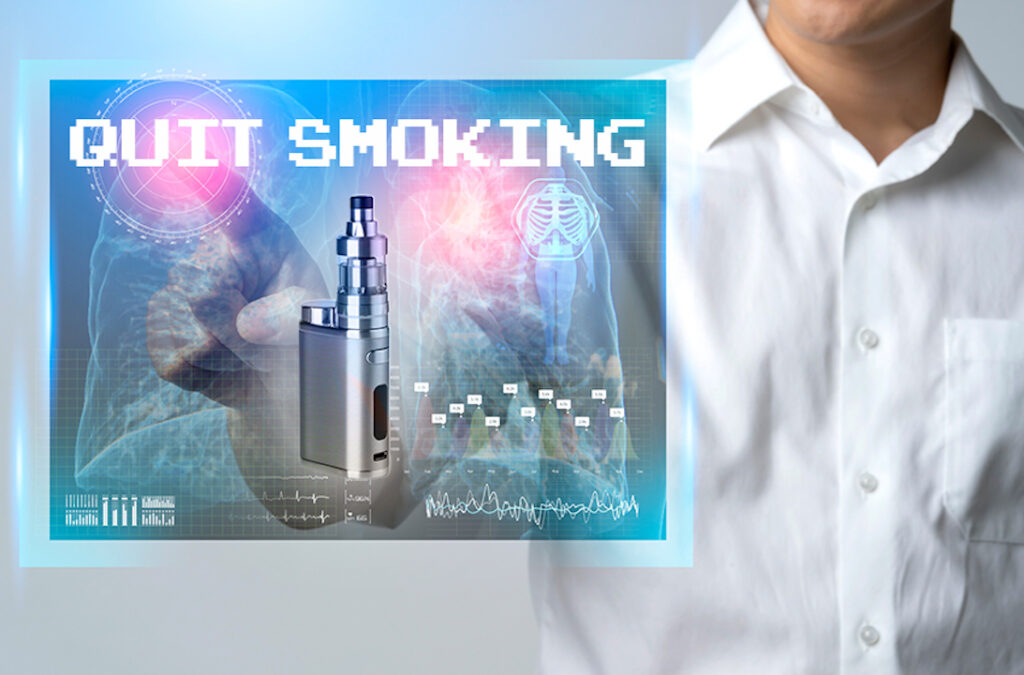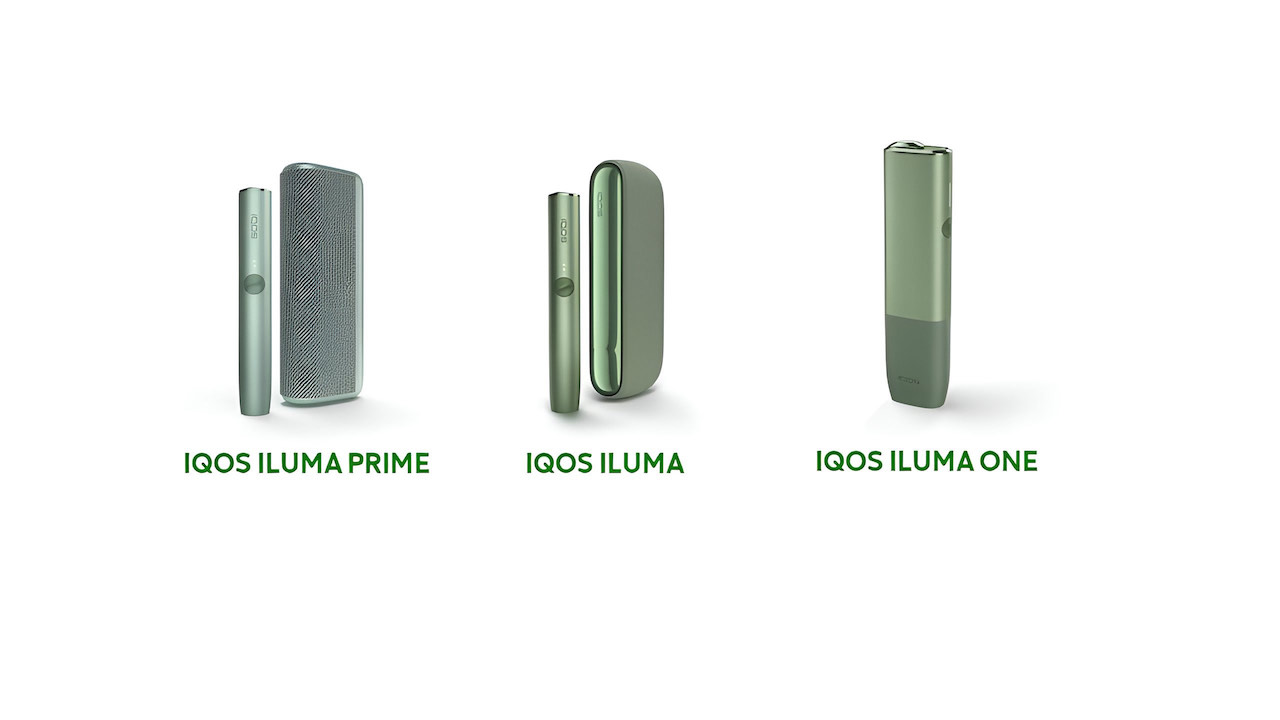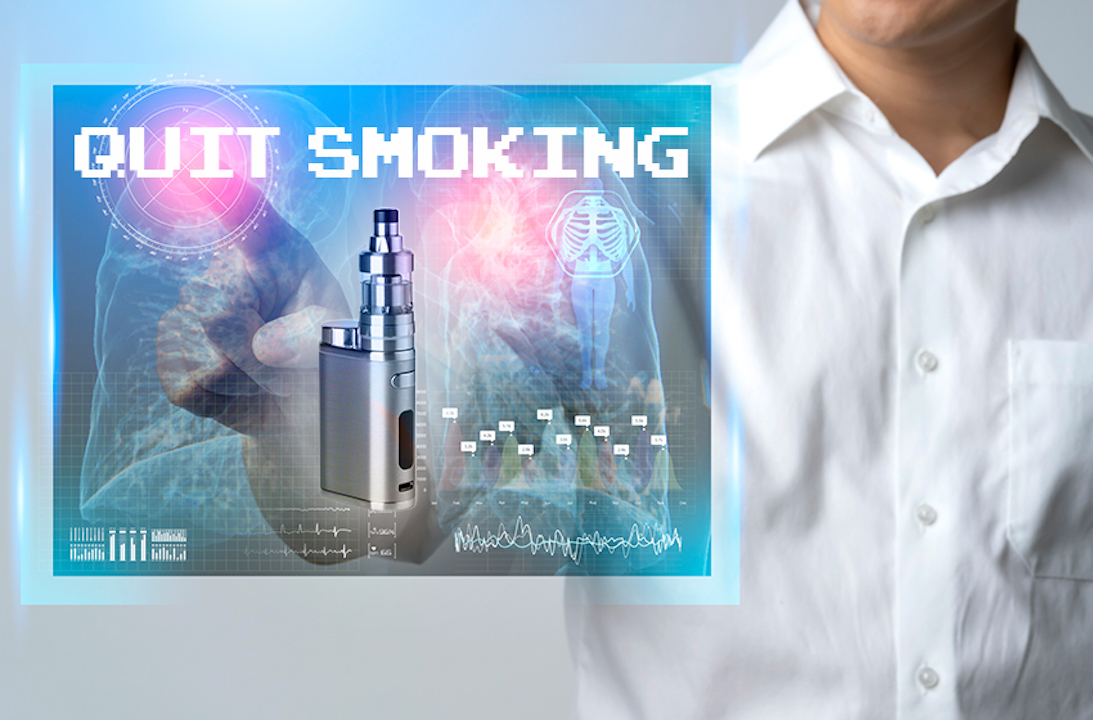SPECIAL FEATURE | How tech innovation is helping millions of smokers quit
Scientific studies have shown that switching completely from conventional cigarettes to the IQOS system significantly reduces your body’s exposure to harmful or potentially harmful chemicals.

Source: Contributed photo
The facts can’t get any clearer and more alarming.
Smoking kills up to half of smokers who don’t or can’t quit. It snuffs out the lives of more than 8 million people each year, including an estimated 1.3 million non-smokers who are exposed to secondhand smoke. Smoking causes lung cancer and other cancers, chronic obstructive pulmonary disease (COPD), heart disease, stroke, and diabetes, among many other life-threatening diseases and conditions.
That smoking kills is common knowledge, yet 22.3% of the world’s population in 2020 used tobacco – that’s over 1 in 5 people on the planet. Around 80% of the world’s 1.3 billion tobacco users live in low- and middle-income countries, which include the Philippines where there are about 15 million adult smokers.
Tobacco harm reduction and tech innovation
If smokers know that smoking can kill them, why do they keep smoking?
“People smoke for nicotine but they die from the tar,” was Michael Russell’s laconic and iconic reply to this oft-asked question. Dr. Russell was a psychiatrist and research scientist who pioneered the study of tobacco dependence and the development of treatments to help smokers quit. He conducted a number of innovative studies that revolutionized our understanding of both the pharmacological and psychological basis of tobacco smoking.
Nicotine, a chemical compound present in tobacco plants, is highly addictive but carries little health risk. It is the thousands of chemicals contained in tobacco and tobacco smoke – not nicotine – that make tobacco use so deadly. Collectively known as tar, these toxic combustion products of cigarettes produced by the burning of dried tobacco leaf cause serious and often fatal tobacco-related lung diseases.
Dr. Russell laid most of the foundations of tobacco harm reduction. THR is a public health strategy that aims to provide safer alternatives to reduce harms caused by smoking and to provide nicotine to people who cannot or do not want to quit smoking by themselves or with currently approved methods.
Two forms of THR have brought to bear the power of tech innovation in helping millions of smokers quit and switch to safer nicotine products.
E-cigarettes
After his father, a smoker, died due to lung cancer, Hon Lik, also a smoker, decided he would find a less harmful way to deliver nicotine. In 2001, building on the work of fellow inventors and previous technological advancements, the pharmacist from China started work that would shape the e-cigarette as we know it today.
After many experiments, Hon Lik made his first breakthrough. He identified propylene glycol, a commonly used additive in medicines, cosmetics and food products which when vaporized would best replicate the sensation of inhaling tobacco smoke. Propylene glycol combined with vegetable glycerine is a key ingredient of e-liquids. Next he utilized an innovation that was not available to his predecessors, the lithium battery, which allowed modern e-cigarettes to run for hours at a time.
Hon Lik’s invention was simple but revolutionary: a lithium battery-powered device that heats a nicotine-containing liquid and converts it into a mist or vapor that the user inhales, which is why using an e-cigarette is known as vaping. No burning of tobacco, no tar, only nicotine without the harmful chemicals.
Two decades after the launch of the first commercial e-cigarette, hundreds of e-cigarette brands are now available including Juul, one of the biggest vape brands in the market. A recent study estimated that there were 82 million vapers worldwide in 2021: 9.2 million in the Eastern Mediterranean region; 5.6 million in the African region; 20.1 million in the European region; 16.8 million in the Americas; 16 million in the Western Pacific region; and 14.3 million in South East Asia, including around 2.7 million Filipinos.
The UK National Health Service has adopted the use of e-cigarettes as part of the agency’s smoking cessation program. This decision was based on an independent review by Public Health England, which concluded that e-cigarettes are around 95% less harmful to health than tobacco and have the potential to help smokers quit smoking. Vaping is now the most popular aid used by people trying to quit smoking in the UK, contributing an estimated extra 50,000 to 70,000 smoking quits per year in England.
New Zealand’s Ministry of Health (MoH) was previously opposed to e-cigarettes. After taking the emerging scientific evidence into account, the agency changed its position. The MoH stated that vaping products are significantly less harmful than smoking and that smokers switching to vaping products are highly likely to reduce their health risks and for those around them. The agency encourages smokers who want to use vaping products to quit smoking to seek the support of local stop smoking services.
In 2011, the government set a goal that by 2025 fewer than 5% of New Zealanders would be daily smokers. “Vaping products have the potential to contribute to this goal by helping smokers quit or reduce the number of cigarettes they smoke,” the MoH said.
Data from the New Zealand Health Survey shows that smoking rates are declining, while vaping rates are increasing. In 2021-2022, 56% of daily vapers were ex-smokers and 22% were current smokers (dual users).
IQOS, the leading heated tobacco product
In 2009, Philip Morris International (PMI) unveiled a new research and development facility in Neuchâtel, Switzerland, bringing over 400 scientists and engineers in a new world-class facility dedicated to the development of smoke-free products.
Investing over USD 6 billion in R&D, PMI developed its flagship heated tobacco product (HTP) called IQOS, a battery-operated device that heats tobacco up to 350°C, compared to 600°C in cigarettes. Using an innovative system, IQOS releases a flavored nicotine-containing vapor that contains on average 95 percent lower levels of harmful chemicals compared with cigarettes. HTPs such as IQOS don’t create fire, ash, or smoke, but still deliver nicotine, which is naturally present in tobacco.
Initial IQOS generations use blade heating technology, which are designed to be used with specific heated tobacco units commonly known as heat sticks. PMI has developed the latest version of IQOS devices that uses induction to heat tobacco and is commercialized as IQOS ILUMA, which also uses specifically designed heated tobacco units.
IQOS was launched in Japan and Italy in 2014 and gradually rolled out worldwide; it is now available in 51 countries. As of 31 December 2020, an estimated 12.7 million adult smokers had switched to IQOS and stopped smoking, out of 17.5 million total IQOS users, according to PMI data.
The use of HTPs has led to drastically reduced smoking rates in Japan, which has the highest prevalence of HTP use in the world and is the country where HTPs have captured the highest share of the tobacco market. IQOS is the most popular HTP brand in Japan. A profound decline in adult cigarette smoking prevalence occurred following the introduction of HTPs, according to the Japanese National Health and Nutrition Survey.
In July 2020, the U.S. Food and Drug Administration (FDA) authorized the marketing of IQOS as modified risk tobacco products (MRTPs), making IQOS the first tobacco product to receive “exposure modification” orders from the agency. Exposure modification orders permit the marketing of a product as containing a reduced level of or presenting a reduced exposure to a substance or as being free of a substance when the issuance of the order is expected to benefit the health of the population.
“Scientific studies have shown that switching completely from conventional cigarettes to the IQOS system significantly reduces your body’s exposure to harmful or potentially harmful chemicals,” according to the FDA.

WATCH: TECHSABADO and ‘TODAY IS TUESDAY’ LIVESTREAM on YOUTUBE
WATCH OUR OTHER YOUTUBE CHANNELS:
PLEASE LIKE our FACEBOOK PAGE and SUBSCRIBE to OUR YOUTUBE CHANNEL.
autoceremony >> experimental sound, synths, retro tech, shortwave
RACKET MUSIC GROUP >> alternative manila
Burning Chrome >>RC, die-cast cars, vintage anime, plus other collectibles
Zero Interrupt >>Vintage gadgets, gear and gizmos, plus some new one too!
PLEASE LIKE our FACEBOOK PAGE and SUBSCRIBE to OUR YOUTUBE CHANNEL.



